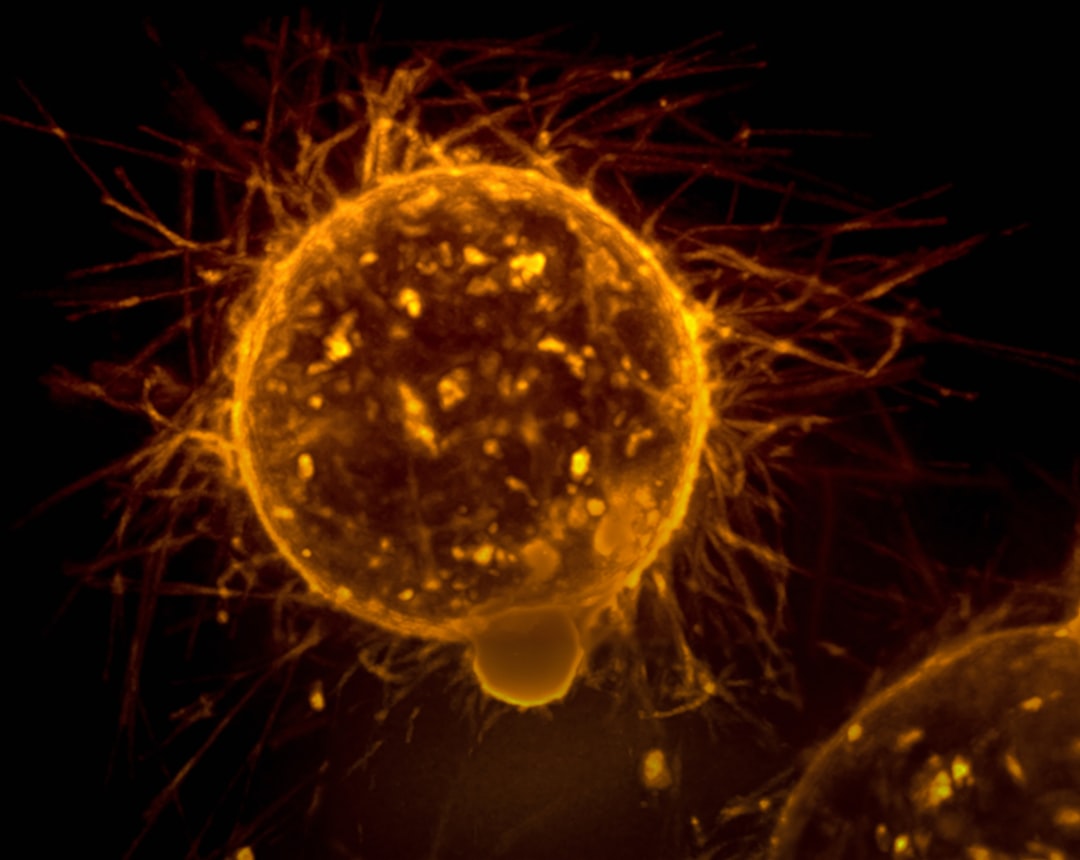What is it about?
The life-sustaining process of breathing in and out originates from rhythmic activity produced by a small network of neurons in the brainstem. How this region, called the pre-Bötzinger complex (preBötC), produces rhythm remains unresolved despite intense investigation. Many studies suggest that, like the heart, the breathing rhythm relies on cells with intrinsic bursting or “pacemaker” activity, while others suggest that rhythm arises due to unique features of the preBötC network, but not its individual neurons. Central to this fundamental unresolved question is the role of a persistent sodium current (INaP) that is expressed by many preBötC neurons and is important for pacemaker activity.
Featured Image

Photo by Max van den Oetelaar on Unsplash
Why is it important?
Using computer models of the preBötC network, we find that, due to interactions with INaP, small changes in the shape of preBötC action potentials can turn pacemaker activity on or off without affecting rhythm generation. We also demonstrate how subtle effects on action potential shape during various physiological, developmental, and artificial conditions can alter the prevalence of preBötC pacemaker activity with little consequence for the ability of the network to produce rhythm. These insights support a new unifying theory of respiratory rhythm generation. Further, because INaP is widely expressed and neural rhythms are broadly implicated in both normal and abnormal brain function, this study may provide a useful framework for understanding many different forms of brain rhythmicity.
Read the Original
This page is a summary of: Interdependence of cellular and network properties in respiratory rhythm generation, Proceedings of the National Academy of Sciences, May 2024, Proceedings of the National Academy of Sciences,
DOI: 10.1073/pnas.2318757121.
You can read the full text:
Contributors
The following have contributed to this page










